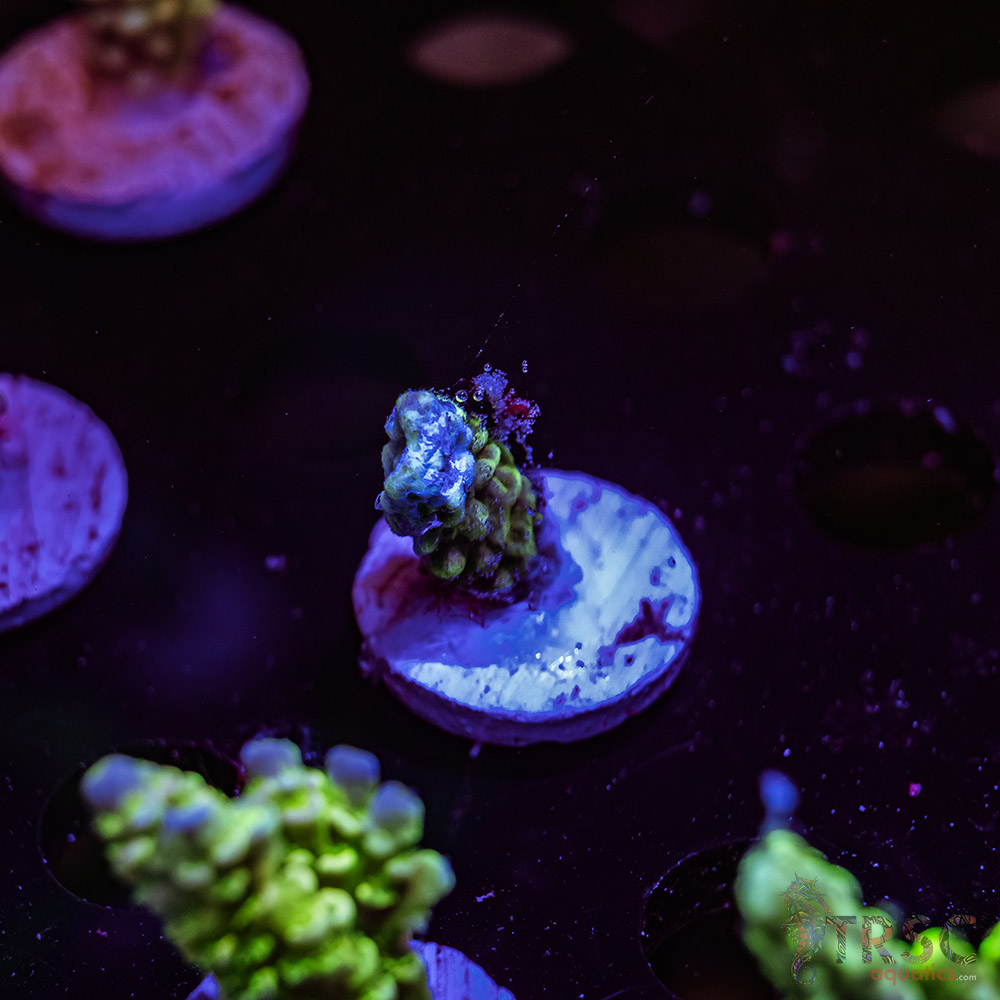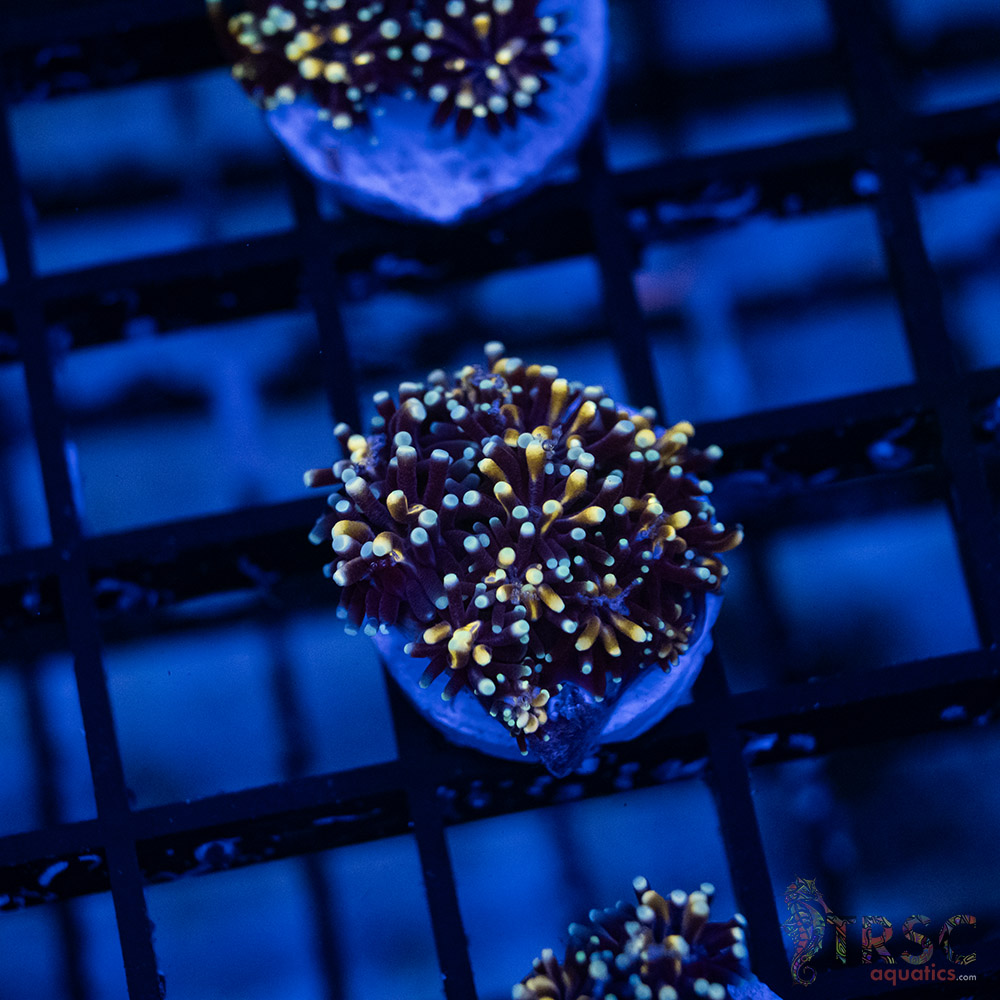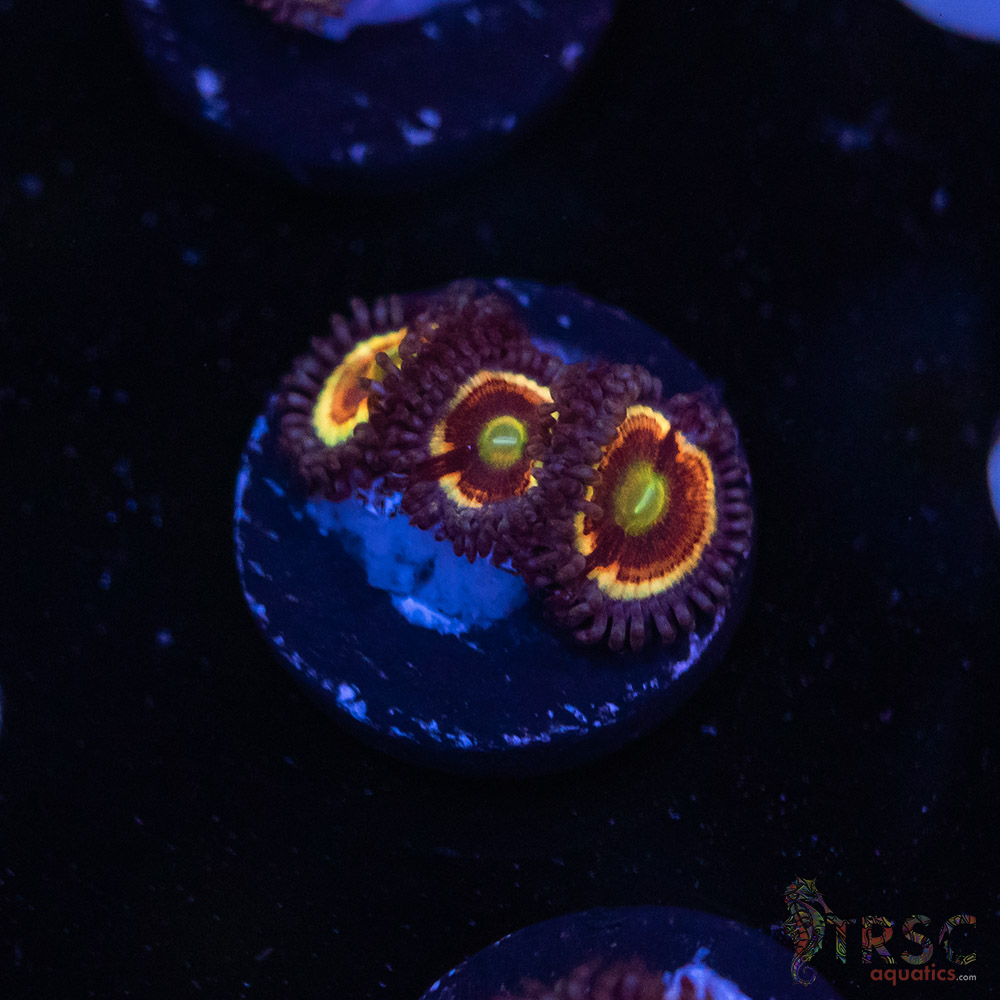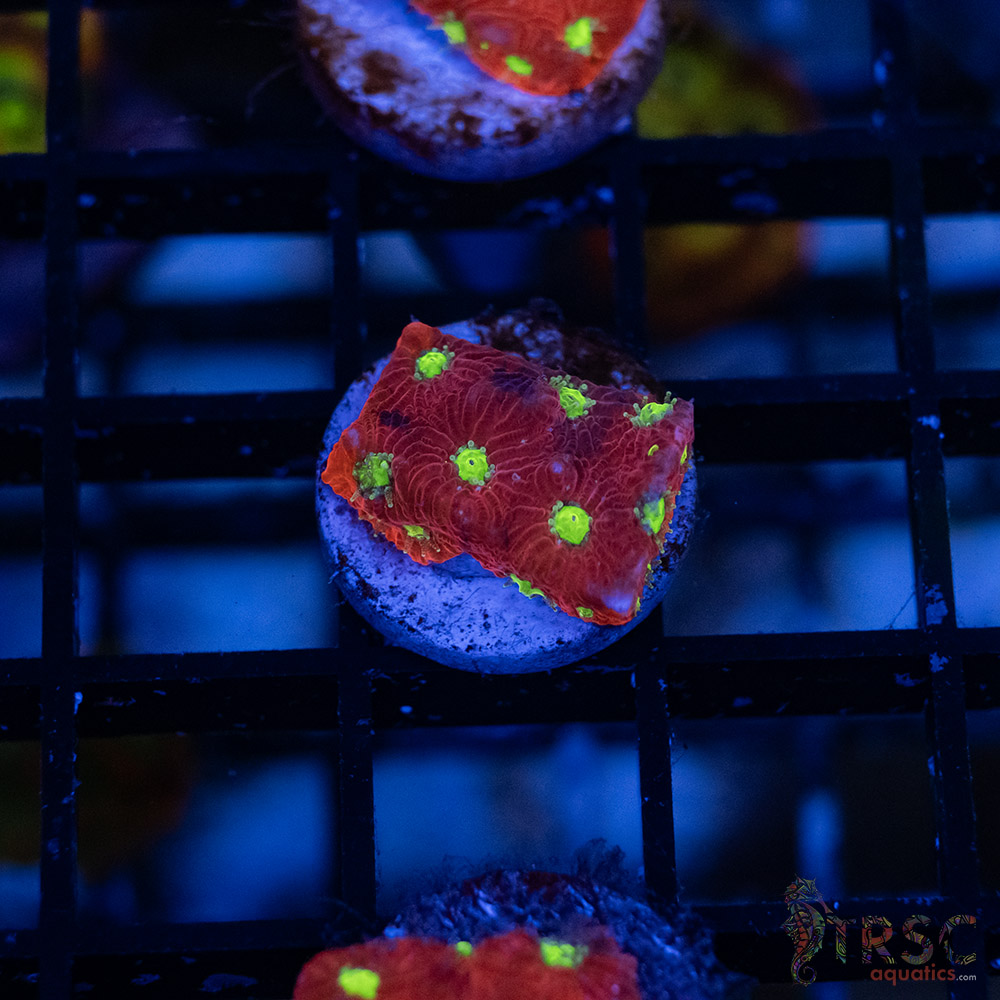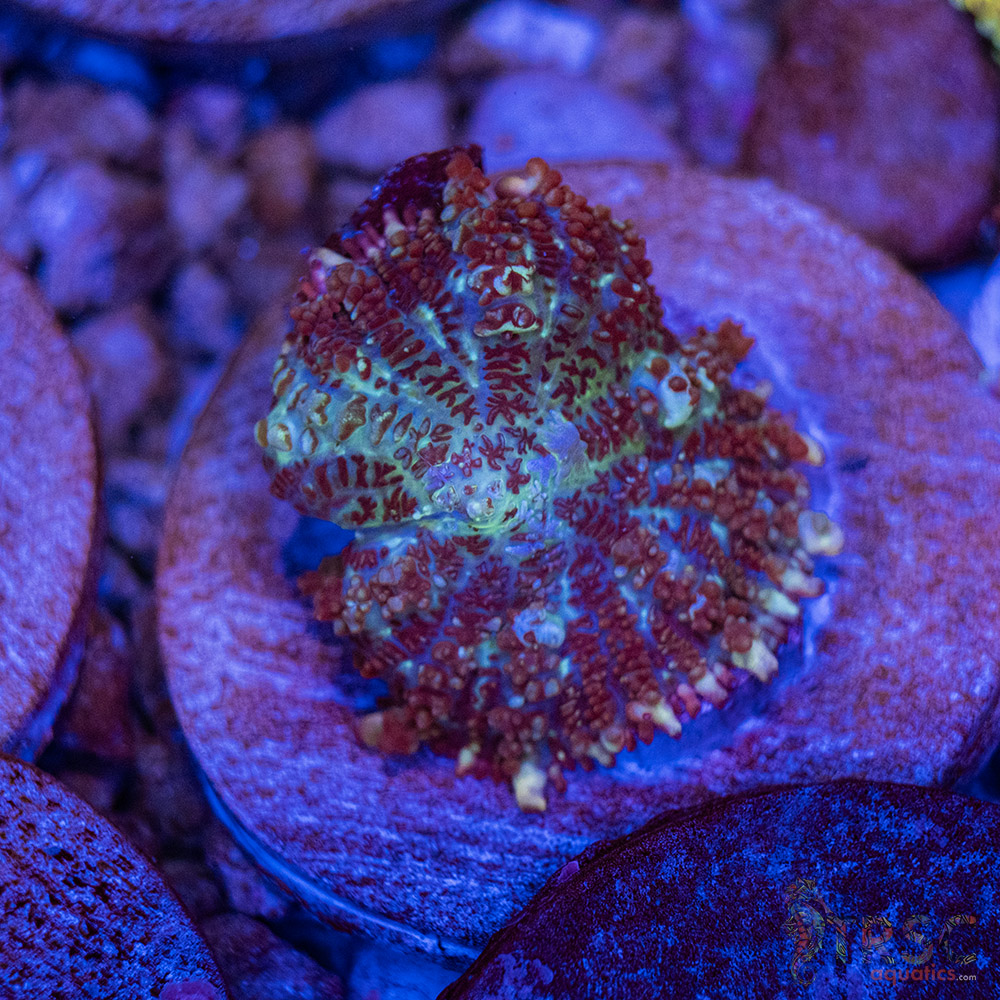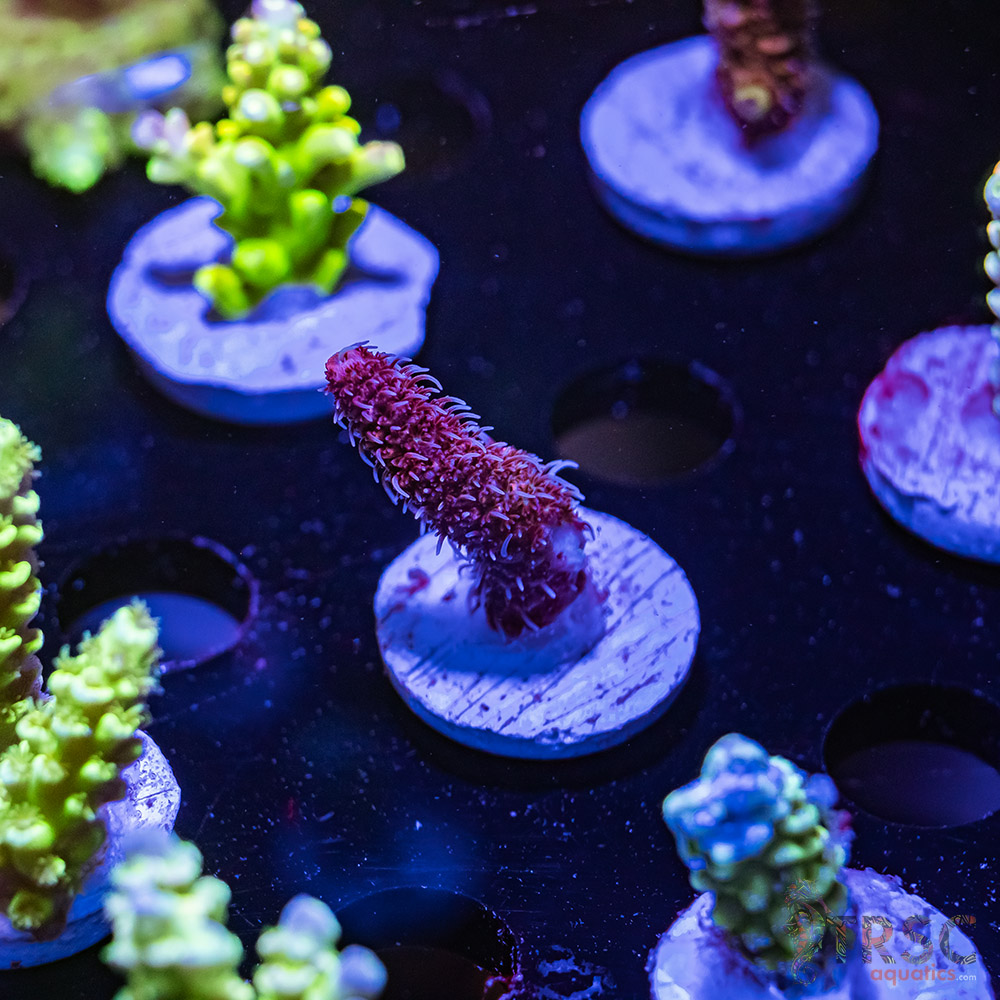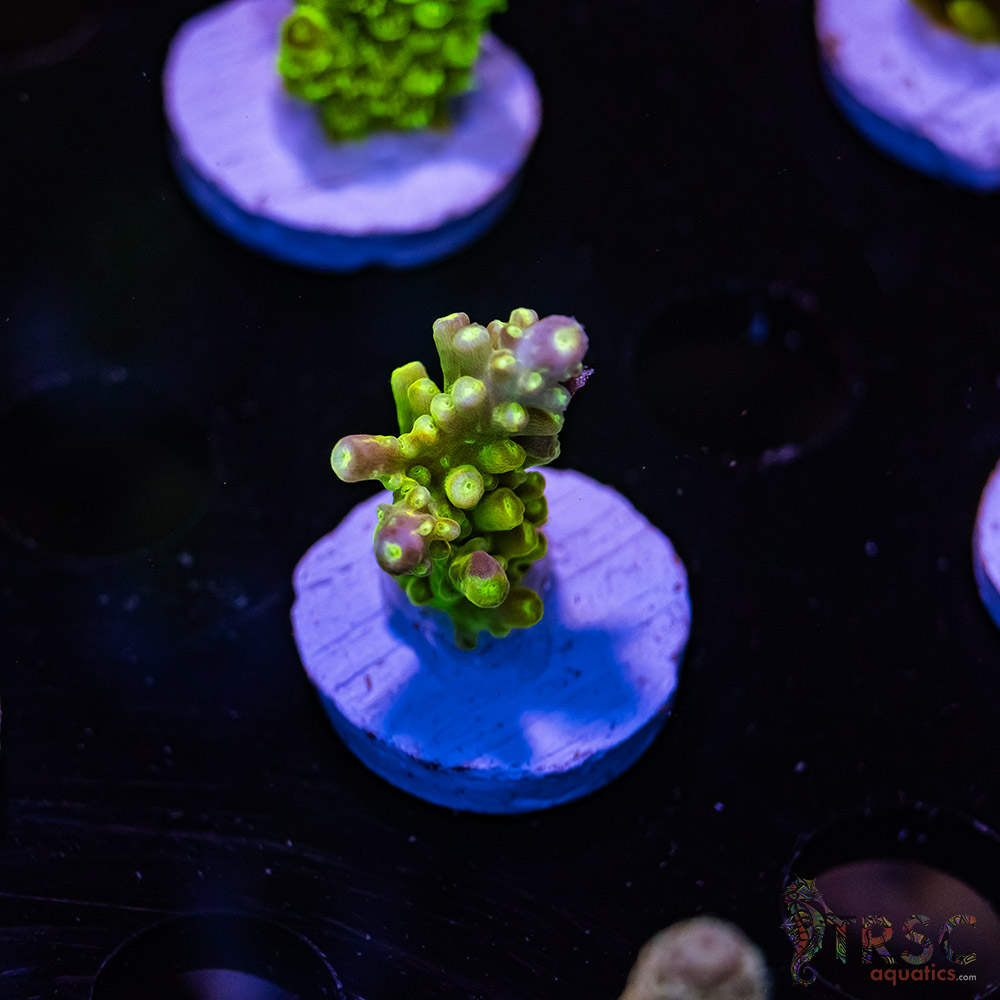Frogspawn, Octospawn & Yaeyaemensis Coral Care Guide
Looking to add movement and color to your reef tank? Frogspawn, Octospawn, and Yaeyaemensis corals are stunning LPS corals that offer vibrant tentacles and dynamic flow. Here’s how to care for them properly.
What Are These Corals?
Frogspawn (Euphyllia divisa) and Octospawn are closely related Euphyllia species. Frogspawn has split, bubble-like tips resembling frog eggs, while Octospawn features compact clusters of eight vesicles per tentacle tip. Yaeyaemensis coral is a lesser-known Euphyllia species, often found in the Ryukyu Islands, and shares similar care needs with its cousins.
Tank Parameters
- Lighting: Low to moderate (80–150 PAR). Too much light can cause bleaching or retraction.
- Water Flow: Moderate, indirect flow to allow tentacle movement without tissue damage.
- Temperature: 75–80°F (24–27°C)
- Salinity: 1.024–1.026 SG
- pH: 8.1–8.4
- Alkalinity: 8–12 dKH
- Calcium: 400–450 ppm
- Magnesium: 1250–1350 ppm
Placement Tips
Place these corals in the lower to middle sections of your tank. Allow at least 6–8 inches of space between them and other corals—they have long sweeper tentacles and can be aggressive. Let them acclimate for two weeks before moving them to brighter or higher-flow areas.
Feeding & Nutrition
While primarily photosynthetic, Frogspawn, Octospawn, and Yaeyaemensis corals benefit from occasional feeding. Offer:
- PE Mysis shrimp or Calanus
- Benepets or Fauna Marin LPS pellets
- Target feeding once every 1–2 weeks
Growth & Fragging
These corals grow by budding new heads. Use bone cutters to frag between branches. Handle with care to avoid damaging the fleshy polyps. Allow frags to heal in a low-flow area before returning to the display tank.
Common Issues
- Deflation or Retraction: Often caused by excessive light or unstable parameters.
- Bleaching: Reduce lighting intensity and check water quality.
- Tissue Damage: Avoid direct flow and aggressive neighbors.
